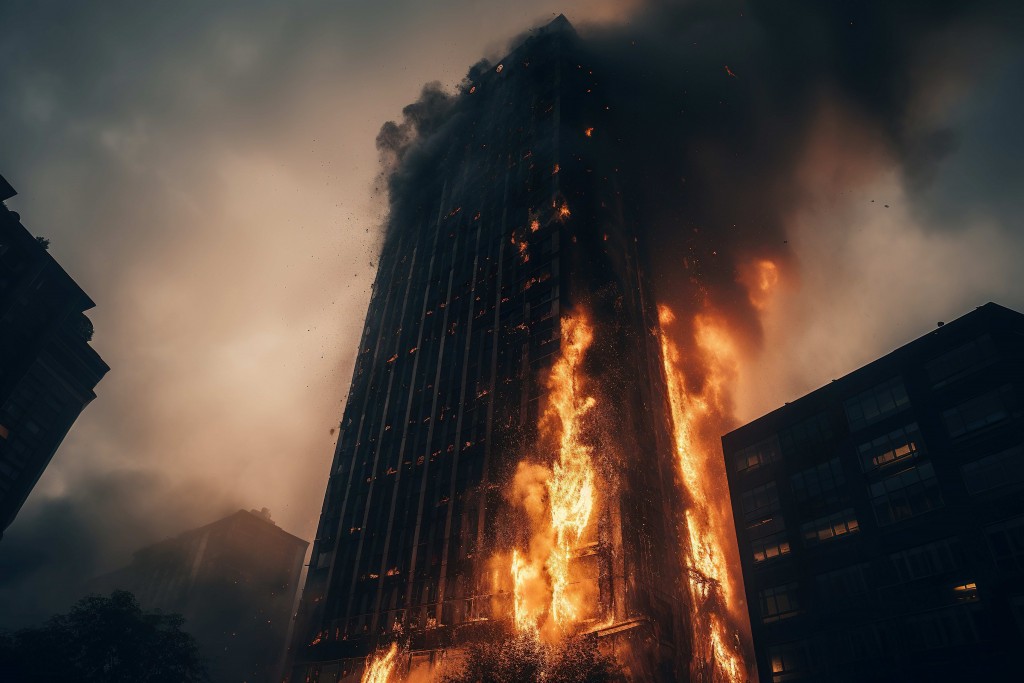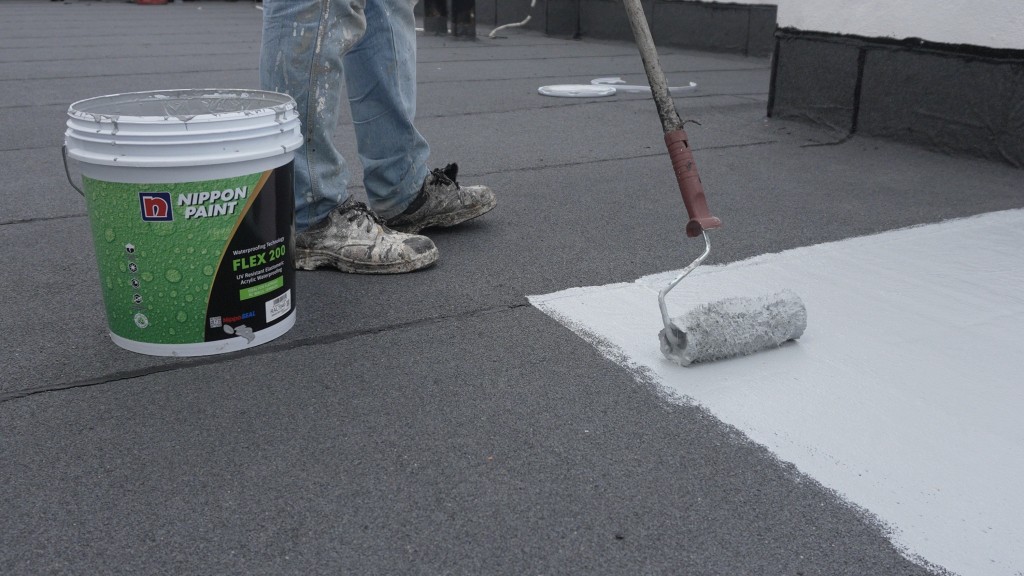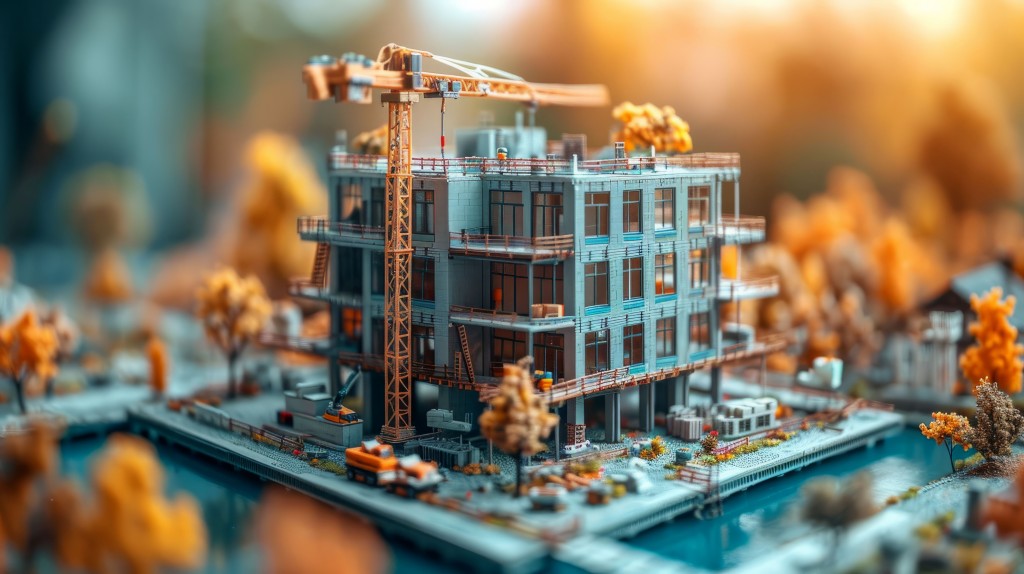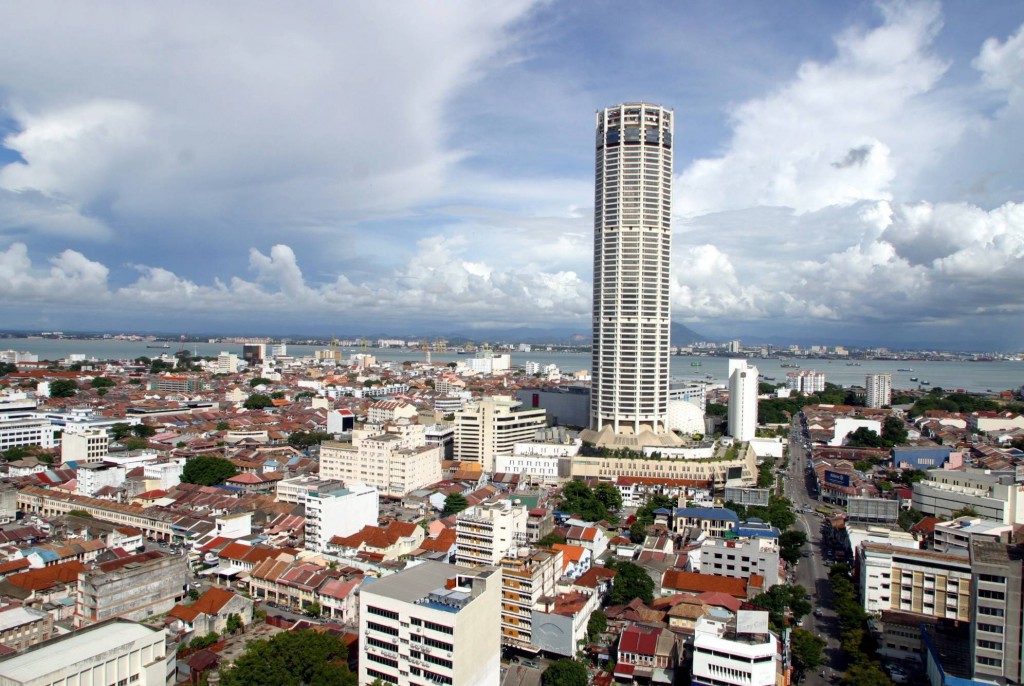By Joseph Wong
High-rise buildings stand tall as symbols of modernity and urban living but they also present unique challenges when it comes to fire safety. The prospect of a fire breaking out in a towering structure can evoke fear and uncertainty, underscoring the importance of stringent safety measures and preparedness strategies.
The probability of a high-rise fire is quite high considering that the Malaysian Fire and Rescue Department received 34,389 distress calls for fires last year and despite this, only 8.9% of homes nationwide are equipped with safety devices, which is often the first line of defence against a fire.
Undeniably, fires in high-rise buildings pose more distinct risks and challenges compared to their low-rise counterparts. With multiple floors and densely populated spaces, high-rises demand meticulous planning and robust fire prevention measures to mitigate the potential for disaster.
One of the primary challenges in high-rise fires is evacuation. With numerous occupants spread across multiple floors, evacuating everyone safely and swiftly becomes a complex logistical endeavour. Narrow stairwells, elevator malfunctions and limited access points further compound the evacuation process, potentially leading to chaos and confusion during an emergency.
Prevention better than cure
The causes of fires in high-rise buildings are varied, ranging from electrical faults and appliance malfunctions to human error and deliberate acts. Inadequate maintenance of electrical systems, improper storage of flammable materials and non-compliance with fire safety regulations can all contribute to fire outbreaks.
Prevention is key to minimising the risk of fires in high-rise buildings. Regular inspections, maintenance of fire suppression systems and adherence to building codes and regulations are fundamental aspects of fire prevention efforts. Additionally, educating occupants about fire safety protocols and conducting regular fire drills can enhance preparedness and response capabilities.
In case of fire
Unfortunately, the majority of building elevators are not meant for use during a fire emergency. That is why in most high-rise buildings, there are signages informing people not to use the elevators during a fire.
According to Council on Tall Buildings and Urban Habitat expert James Antell, codes and standards prohibit the use of elevators for occupant evacuation. Emergency elevators are meant for firefighting operations and for evacuation of disabled occupants with Fire Department Assistance. According to the European Standards (EN-72), stairs are considered as the main escape route in tall buildings.
An exception is Merdeka 118, Malaysia’s tallest building and the current second tallest in the world. On the wall are signs asking people to evacuate by elevators during fires. A little digging by Star Biz7 reveals that not all elevators are equal.
“At KONE, we adhere to both local country regulations and global standards, including the European Standards (commonly referred to as EN), which outline safety protocols for lift construction and installation. In the event of a fire alarm activation, our elevators are engineered to automatically return to the ground floor, allowing their doors to open for safe evacuation.
“These elevators are equipped with fire safety features such as fire-rated doors, which slow down the spread of fire into the elevator car and shaft, along with smoke detection systems and emergency power backup,” assured KONE Malaysia managing director Teoh Tze Ping.
The elevator manufacturer supplies the lifts for Merdeka 118, among many others around the world. The circumstances have changed, especially after the 911 disaster in New York, USA. Manufacturers started researching into the usage of fire-resistant elevators for evacuation purposes.
Specialised lifts, required by the Uniform Building By-Laws 1984 for buildings taller than 18.5m, are larger, operate autonomously and have higher speed capabilities compared to standard lifts. But only up until recently, these lifts are designated exclusively for use by the fire department and are not meant for general use during fire emergencies.
According to Council on Tall Buildings and Urban Habitat expert James Antell, codes and standards prohibit the use of elevators for occupant evacuation. Emergency elevators are intended for firefighting operations and for evacuating disabled occupants with Fire Department Assistance.
According to European Standards (EN-72), stairs are considered the main escape route in tall buildings. The primary goal of an evacuation strategy is to ensure that, in the event of a fire, building occupants can reach a place of ultimate safety outside the building.
According to the National Institute for Occupational Safety and Health (NIOSH), building management is responsible for formulating an emergency action plan in the event of a dangerous occurrence or accident. High-rise buildings often have detailed evacuation plans that include specific instructions for elevator use during a fire. This may involve a phased evacuation strategy, where certain floors or zones are evacuated using elevators while others use stairwells.
But as buildings become taller and taller, it doesn’t take an expert to figure out that evacuation by stairs would take too long and the taller a building is, the longer it takes occupants to exit the towering inferno. Speed is of the essence.
Response and containment
In the event of a fire, a swift and coordinated response is essential to containing the blaze and safeguarding occupants. High-rise buildings are equipped with fire detection and alarm systems, as well as fire suppression equipment such as sprinkler systems and fire extinguishers, to aid in the initial stages of firefighting.
However, the unique challenges of high-rise fires necessitate specialised response strategies. Fire departments must deploy resources effectively to access upper floors, coordinate evacuations and combat the fire from multiple vantage points. Collaboration between fire departments, building management and emergency responders is crucial for achieving a timely and effective response.
The primary goal of an evacuation strategy is to ensure that in the event of a fire, building occupants can reach a place of ultimate safety outside the building. According to the National Institute of Occupational Safety and Health (NIOSH), the building management is responsible for formulating an emergency action plan in the event of a dangerous occurrence or accident.
High-rise buildings often have detailed evacuation plans that include specific instructions for elevator use during a fire. This may involve a phased evacuation strategy, where certain floors or zones are evacuated using elevators while others use stairwells. There are three types of evacuation scenarios:
- Normal elevators in self-evacuation use: Equipped with smoke detectors in the lobby, machine room or elevator shaft continue normal operation until they are shut down by a sensor. Upon arrival, the emergency responder organisation may or may not assume control of the elevators, by placing attendants in them.
- Protected elevators in self-evacuation use: Directed by floor or fire wardens, the emergency responder organisation may or may not assume control of the elevators by placing attendants in them. Emergency responders can control the elevators manually also after the elevators have been shut down by smoke detection or equivalent system inputs.
- Normal and protected elevators in attendant mode: Controlled by trained tenants or emergency responders when they arrive on site.
Fire service elevators are typically equipped with additional safety features to mitigate the risk of fire-related hazards.
“The integration of communication systems in elevators enhances safety during fire evacuations through real-time information exchange. This integration enables swift and coordinated responses between elevators, emergency personnel and building occupants. It ensures efficient evacuation procedures, reduces confusion and improves overall emergency management, thereby mitigating potential risks and enhancing the safety of elevator use in fire situations,” said Teoh.
Future preparedness
Tragic incidents of fires in high-rise buildings serve as sobering reminders of the importance of continuous vigilance and preparedness. Each fire incident offers valuable lessons and insights that can inform future prevention and response efforts.
Investments in advanced fire detection technologies, enhanced building design features and improved emergency communication systems can bolster the resilience of high-rise buildings against fire hazards. Additionally, fostering a culture of safety and accountability among building occupants and stakeholders is essential for maintaining a proactive approach to fire prevention and mitigation.
Fires in high-rise buildings present formidable challenges, but with proactive measures, effective planning and collaboration, the risks can be mitigated. By prioritising fire safety, investing in preventive measures and fostering a culture of preparedness, high-rise buildings can remain symbols of progress and innovation while ensuring the safety and well-being of their occupants.
Fire prevention methods
For high-rise buildings, fire prevention methods are crucial for ensuring the safety of occupants and minimising the risk of fire-related incidents. Some effective fire prevention methods for high-rise buildings include:
- Building design and construction: Utilising fire-resistant materials, implementing compartmentalisation to contain fires and incorporating adequate fire-rated barriers and doors can help prevent the spread of fire within the building.
- Fire detection and alarm systems: Installing smoke detectors, heat detectors and fire alarm systems throughout the building can provide early warning of potential fire hazards, allowing occupants to evacuate safely.
- Automatic sprinkler systems: Installing automatic sprinkler systems can suppress fires in their early stages, limiting their spread and providing additional time for evacuation.
- Emergency lighting and signage: Ensuring that emergency exit routes are well-lit and clearly marked with signage can help occupants navigate to safety during a fire emergency, even in low visibility conditions.
- Fire safety training: Providing regular fire safety training and drills for building occupants and staff can increase awareness of fire hazards, evacuation procedures and the proper use of fire safety equipment.
- Fire safety regulations and compliance: Adhering to local building codes, fire safety regulations and standards ensures that high-rise buildings are constructed, maintained and operated in a manner that minimises fire risks and maximises occupant safety.
- Maintenance and inspections: Regular maintenance and inspections of fire safety systems, equipment and building infrastructure are essential to identify and address potential fire hazards and ensure the effectiveness of fire prevention measures.
- Fire-resistant construction features: Incorporating fire-resistant construction features such as fire-rated walls, floors and doors, as well as fireproofing materials, can help contain fires and prevent them from spreading rapidly throughout the building.
By implementing these fire prevention methods, high-rise buildings can significantly reduce the likelihood of fire incidents and enhance the overall safety of occupants and property.
Stay ahead of the crowd and enjoy fresh insights on real estate, property development, and lifestyle trends when you subscribe to our newsletter and follow us on social media.
















































